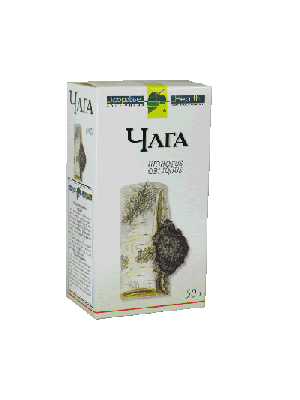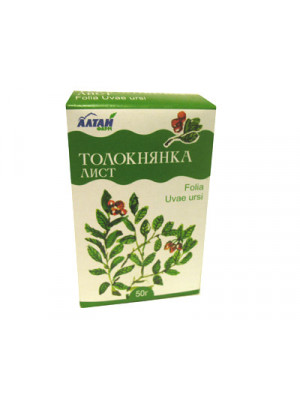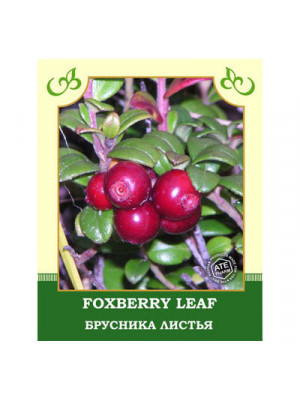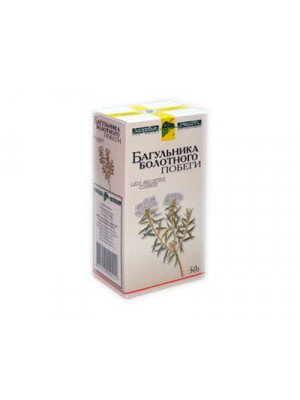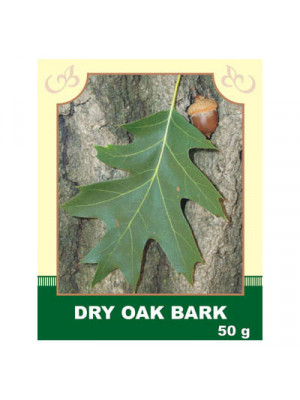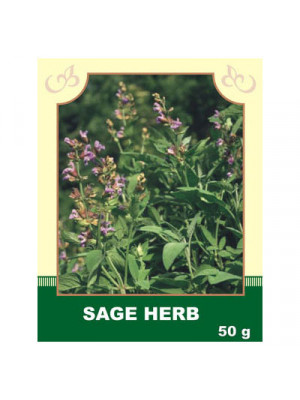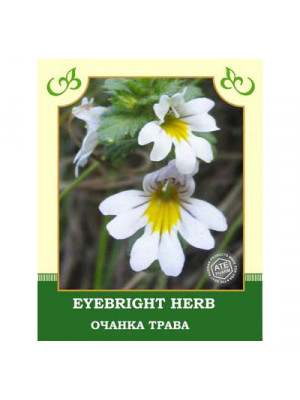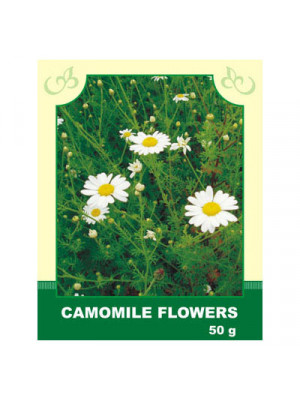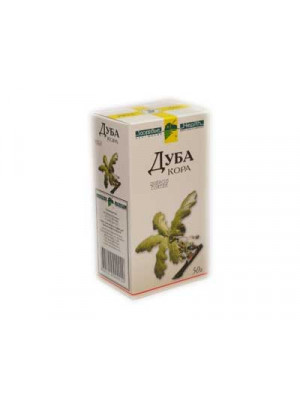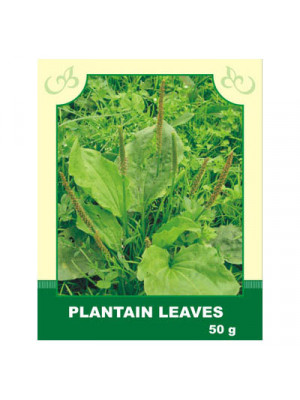Herbs
- For centuries, Chaga has been revered for its life enhancing properties. According to thousands of years of testing in Traditional Chinese Medicine, medicinal mushrooms including Chaga, can preserve youth and increase longevity, improve health, and boost life energy. Chaga contains zinc, copper, magnesium, calcium, potassium, aluminum, iron, silicon, manganese and other substances. The properties of Chaga are spasmolytic, diuretic, analgetic, antimicrobial, restorative, laxative and antitumoral. Chaga mushroom is also well known for its huge load of immune stimulating phytochemicals. The Chaga fungus has some of the highest amounts of anti-oxidants of any substance consumed by man.$6.99
- The plant is also called Bear Berry. Chinese have been using Bear Berry Leaves since 13th century as a diuretic, to reduce kidney and urinary problems. Bear berry leaves are still used medicinally in Poland and other countries. Native Americans also used Bear berry tea for inflammation of the urinary tract, urethritis, kidney stones, and cystitis. The berries were also made into a tea that was used to ward off obesity. Bearberry is a very useful plant. All parts of it can be used in some way. The fruit can be eaten and cooked with other foods. The roots can be made into a tea that can treat a constant cough or slow down menstrual bleeding. A tea from the stem is used to prevent miscarriage and to speed up a womens recovery after childbirth. A tea made from the leaves can be drunk to treat kidney or bladder problems. Bear Berry Leaves have diuretic, anti-inflammatory and anti-microbial qualities. Use as a diuretic, and anti-microbial agent in cases of inflammatory diseases of the urinary tracts.$5.99
Internally, it is taken as a diuretic for cystitis, pyelonephritis, urinary stone disease, enuresis, prostatitis, gastroenteritis, and chronic diarrhea.
Method of application and dosage: 2 tablespoons of leaves are poured with 1 glass of boiling water, heated on a water bath with the lid closed for 30 minutes, cooled for 10 minutes at room temperature, strained, and the obtained infusion is brought to the original volume with boiled water. Take 1/3 cup 2-3 times a day.
Contraindications: Hypersensitivity; in case of kidney pathology, consult with a specialist.
$6.99Internally, it is used for headaches and cardiac discomfort, acute and chronic bronchitis, bronchial asthma, whooping cough, and enterocolitis.
Method of application and dosage: To prepare an infusion, take 6 g of water avens, pour 180 ml of boiling water, infuse on a water bath for 15 minutes, cool for 45 minutes, strain. Take 2 tablespoons 3-4 times a day. For a decoction, take 10 g of water avens, pour 200 ml of boiling water, infuse on a water bath for 30 minutes, cool for 10 minutes, strain, bring to 200 ml. Take 2 tablespoons 3 times a day after meals.
Externally, it is used as compresses and rubs for myositis, neuritis, and joint diseases.
Contraindications: Individual intolerance. The plant is poisonous! Overdose during preparation and consumption of the decoction is not allowed! Consult with a specialist before use.
$6.99
Description. Oak bark is widely used as an effective astringent. Oak bark is rich in galic and ellgalic acids, quertecin, flobaphen, pictines and tannins. Tannins are thought to have an astringent action, meaning that they reduce tissue swelling and stop bleeding, and they are traditionally thought to be useful for diarrhea. It has antiphlogistic, haemostatic, and antiseptic properties. Oak bark is often used topically for various skin disorders. Use. Currently herbalists recommend oak bark internally for treatment of diarrhea, gastric and intestinal bleeding; and topically for sore throat, mouth sores, hemorrhoids, and eczema, burns, acne, hemorrhoids and bedsores. An important healing component in the smooth bark of the oak tree is its tannin, which has astringent and mildly antiseptic qualities. The tannin is what makes oak bark valuable for minor wounds and inflammation, for tightening tissue and lessening oozing. Oak Bark water infusion is an effective wash for uro-genital diorders.
Attention! Before using any herbal products, make sure that you have full knowledge of how the herb works and any adverse reaction it may cause.$6.99
Description. The Latin name for sage, salvia, means to heal. Modern evidence supports its effects as an anhidrotic, antibiotic, antifungal, astringent, antispasmodic, estrogenic, hypoglycemic,diuretic and tonic. Ancient physician Hyppocrates considered sage to be a sacred and the most useful herb. For thousands of years sage has been used for a variety of medicinal purposes. It has been used in connection with sprains, swelling, ulcers, and bleeding. As a tea, sage has been administered for sore throats and coughs. Herbalists have also used this herb for rheumatism, menstrual bleeding, liver disorders, strengthening the nervous system, improving memory, and sharpening senses. Sage contains the chemical substances, camphor, and cineole as well as other constituents including rosmarinic acid, tannins, and flavonoids. Even today, in many European countries sage is used medicinally as a gargle for sore throat and inflammation of the mouth and gums. Use. Sage was recommended by herbalists for fever. Modern research has demonstrated that sage reduces perspiration by as much as 50 percent. Sage is also an active ingredient in some natural mouthwashes because its tannins are thought to help kill the bacteria that cause gingivitis. Sage has traditionally been used to treat canker sores, bleeding gums, sore throat, tonsillitis, and laryngitis. Sage has a long history of use for gastrointestinal disorders. It has been shown to help relax muscle spasms in the digestive tract. One German study has found that drinking a sage infusion reduced blood sugar levels in people with diabetes, but only when they took the infusion on an empty stomach. Sage has traditionally been used to promote menstruation; pregnant women should not consume highly concentrated forms of sage.
Attention! Before using any herbal products, make sure that you have full knowledge of how the herb works and any adverse reaction it may cause.$4.99
Description. Eyebright is one of the primary herb used for eye care. It has been depended upon for at least 2000 years for various eye problems. The tannins act as astringents to help dry up secretions and relieve inflammation of the mucous membranes. The vitamins B, C, E, beta carotene, copper, and selenium found in eyebright have been shown to improve clarity of eyesight. The Vitamins B, E, and selenium were also shown to reduce cataracts over 5 months. Zinc, copper, and selenium help protect against cataracts because they act as antioxidants. All of these minerals are found in eyebright. Eyebright is slightly tonic and the actions are anti-catarrhal, anti-inflammatory, anti-septic, and astringent. Use. The common cold, hay fever, and even measles are helped by eyebright. The bronchial and pulmonary irritation caused by measles is relieved by the use of this herb. When there is an earache, headache, or distress across the eyes, as in acute catarrhal affections, eyebright has a direct influence upon the lachrymal apparatus. It has been recommended for use in epidemic influenza and when there is intestinal catarrhal as well. It is especially useful for eyestrain, over-sensitivity to light, eye inflammations, weeping eyes and other eye ailments. Some common eyes disorder in which eyebright is used are: blepharitis, conjunctivitis, eye fatigue and stye.
Attention! Before using any herbal products, make sure that you have full knowledge of how the herb works and any adverse reaction it may cause.$6.99Internally: Taken for insomnia and migraines, gastrointestinal disorders, liver and bile duct diseases, meteorism, stomach spasms, diarrhea, menstrual disorders, and as a diaphoretic for colds.
Method of application and dosage: Steep 1 tablespoon of raw material in 200 ml of boiling water, infuse for 20-30 minutes, strain, squeezing the remaining raw material, take 2-3 tablespoons 3-4 times a day.
Externally: Used as an enema for colitis and hemorrhoids; as rinses for inflamed gums, mucous membranes, angina; as compresses for eczema, ulcers, boils; as a footbath for rheumatism, gout, arthritis, and bruises. For rinses and washes: steep 1 part of the herb in 20 parts of boiling water, infuse for 20-30 minutes, strain, and use as directed. For compresses and baths: steep 1 part of the herb in 10 parts of boiling water, boil for 15 minutes in a water bath, infuse at room temperature for 45 minutes, strain, squeezing the remaining raw material, and use as directed.
Contraindications: Individual intolerance. Do not wipe your eyes with chamomile infusion.
$6.99Internally, decoction of oak bark is used as an astringent and anti-inflammatory remedy for stomach ulcers, gastric bleeding, blood in the urine, heavy menstrual bleeding, diarrhea, and frequent urges to urinate.
Method of application and dosage: 40 g of roots are poured with 200 ml of boiling water, infused for 30-45 minutes, strained, squeezing out the remaining plant material. The decoction of the herb with boiled water is brought to the original volume and taken in 1 tablespoon 2-3 times a day.
Externally, decoctions of the bark are used for rinsing in gingivitis, stomatitis, and other inflammatory processes in the oral cavity, pharynx, and larynx. Also, as compresses for burns, to stop bleeding from open wounds, and to reduce foot sweating. 20 g of bark is poured with 200 ml of boiling water, infused for 1 hour.
Contraindications: individual intolerance. Overdose may cause nausea and vomiting.
$5.79Internally, it is taken as an expectorant for acute bronchitis, pneumosclerosis, pulmonary tuberculosis, and whooping cough; for nocturnal enuresis; in gastritis and acute gastrointestinal diseases (enteritis, enterocolitis), acute and chronic colitis; in urticaria, scabies, and atherosclerosis; in stomach, lung, skin cancer, and elephantiasis.
Method of application and dosage: Pour 2 tablespoons of raw material into 200 ml of boiling water, boil in a water bath with the lid closed for 30 minutes, infuse at room temperature for 10 minutes. Strain, squeezing the remaining material, bring the obtained infusion to the original volume with boiled water, and take orally 1/3-1/2 cup 3-4 times a day 10-15 minutes before meals. Externally, use the powder from plantain leaves to sprinkle wounds; the decoction is used for rinsing wounds, ulcers, for gargling with compresses in case of eye inflammation and dermatitis.
Contraindications: Individual intolerance, gastritis, peptic ulcer with increased acidity, predisposition to thrombosis.
$6.99


